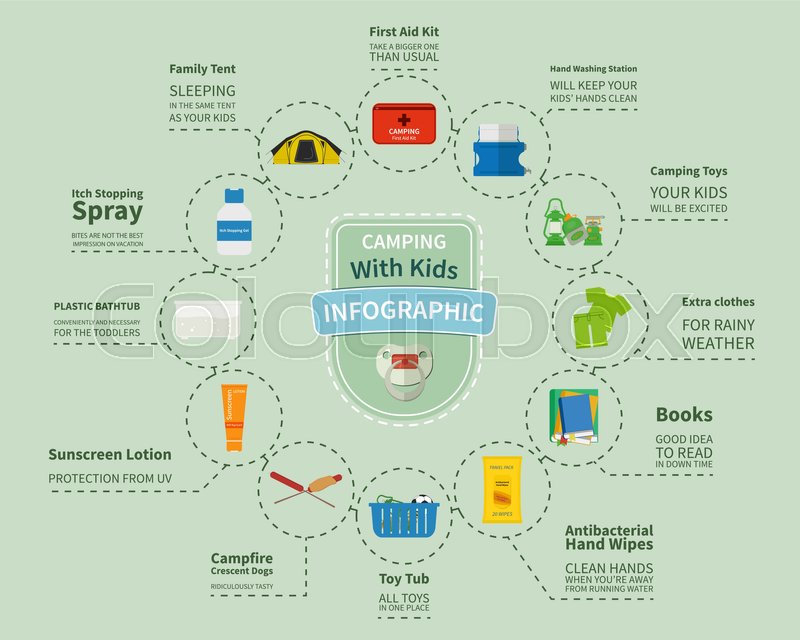How To Set Up A Rain Fly For Maximum Protection
Benefits and drawbacks of Plastic Vs. Canvas Camping Tent FloorsWhile numerous campers concentrate on a camping tent's canopy to shield them from rain, snow, and bugs, the outdoor tents floor is just as essential. A quality flooring provides protection from standing water, soggy mud, and sharp rocks.
At White Duck Outdoors, we provide free-floating vinyl floors that are tailored to every outdoor tents size. This permits you to choose a floor lining or utilize your own canvas tarpaulin as a lining.
Toughness
There are different kinds of floorings readily available for wall camping tents. Free-floating floorings are separate pieces that you lay on the ground prior to constructing the tent, making them simple to establish. A sewn-in floor is a little a lot more difficult, but it uses superb protection from water and insects.
Nonetheless, the best choice is an outdoor tents flooring lining. A lining is thick and forces any kind of water or bugs to go under the flooring as opposed to through openings in the camping tent. It likewise lowers the quantity of dirt that gets inside the camping tent, making it much easier to cleanse and maintain.
All White Duck Outdoors wall tents include a free-floating flooring consisted of, so you do not need to stress over buying and mounting one separately. We understand the value of having the ability to tailor your area and make camping even more satisfying. The free-floating flooring makes the tent easier to bring, tidy and shop, deluxes that sewn-in or 3/4 floorings do not give.
Weather Resistance
When choosing a protective cover for industrial or logistical purposes, weather condition resistance is usually an essential variable. Canvas tarps are generally made from natural materials, while plastic tarpaulins feature innovative polymer engineering. This distinction in make-up leads to dramatically various efficiency features, upkeep needs, and ideal applications.
Plastic tarpaulins are suitable for long-term industrial protection because of their sturdiness, water resistant features and chemical resistance. They also offer good UV protection and are lighter than canvas tarpaulins. These properties make them the recommended selection for covering tools and building momentary structures.
Easy Maintenance
The glamping durability of plastic floorings and their resistance to deterioration translates into marginal upkeep needs. Wipe-downs with moderate soap and water suffice to keep them looking clean, while stubborn discolorations can usually be gotten rid of without much initiative.
On the other hand, canvas covers are more likely to take in moisture in time, resulting in mold and mold development otherwise appropriately dried or treated. In addition, they could need more frequent waterproofing treatments to keep their safety buildings.
In addition, a woven material like cotton is prone to puncturing and tearing over time, making it more vulnerable to damage from sharp things or rough surfaces. Vinyl is engineered to resist these hazards better, positioning it as a superior selection for durable protection applications. On top of that, its artificial elements offer premium toughness and longevity contrasted to canvas materials. Consequently, they commonly have a lower environmental impact in terms of production and disposal. They likewise tend to have an extra flexible personalization capacity, promoting the consolidation of intricate layouts and color design.
Ecological Effect
Similar to all products, it is essential to recognize the environmental account of each material. This consists of everything from resources sourcing and production procedures to usage durability and end-of-life disposal options. This info allows services to make smarter choices that line up with sustainability objectives while satisfying functional demands.
Sailcloth normally aligns with eco-conscious objectives due to its naturally degradable nature and reduced production footprint. Its lighter weight converts to less storage space and transportation demands. Its decreased upkeep demands and longer life expectancy better decrease total expenditures.
Plastic, on the other hand, relies on artificial parts for its resilience and climate resistance. Its chemical treatments need high power input. Vinyl's non-biodegradable residential properties further complicate recycling and waste monitoring protocols. Nevertheless, it does give superior waterproofing and UV deterioration resistance to exterior environments.
